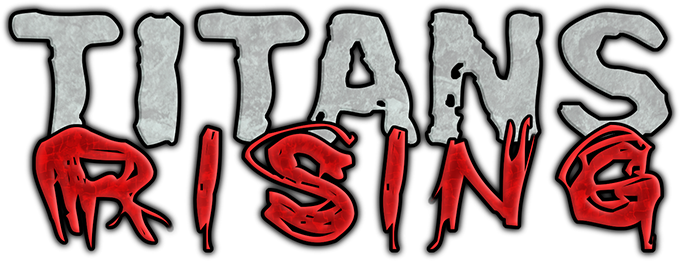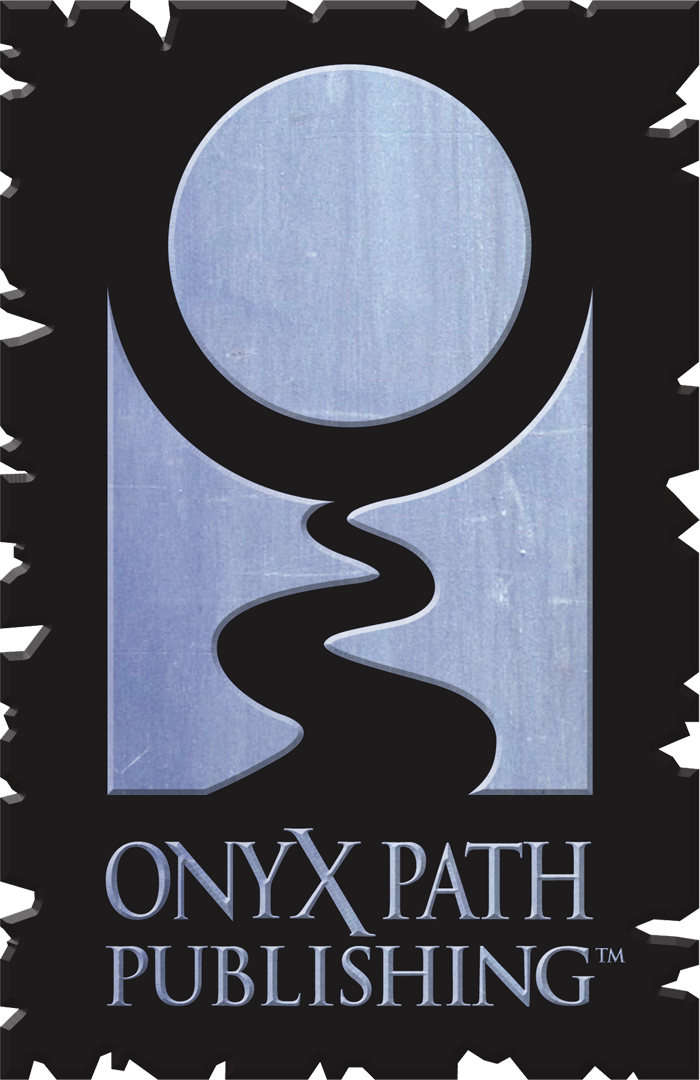
Hello readers! I’m Cat, one of the developers on Titans Rising, the latest addition to Scion 2e. They don’t let me out often, so it’s nice to be talking to you. You are there, aren’t you? This… this is happening?
Ahem.
One of Scion’s strengths is that it doesn’t have a metaplot. As a game line, we don’t really go in for big, canon defining events. We have cool recurring characters but they’re never crucial enough that they have to feature in your games. We make references to in-World concepts like Nymphstagram and Nibbleheim but we know plenty of Scion games never touch on them. Your version of the World is unique, shaped by the stories you tell in it. Which makes adding an epic war between multiple divine factions, in a way every group of players can get something from, kind of a challenge.
The plan for this blog is to cover
1) How you can use the Titanomachy in a way that suits your version of Scion
2) How, as designers and developers, we make a book that allows you to do that
How You Use the Titanomachy
The first challenge is defining how many Titanomachies the World is up to. There’s the First Titanomachy, when Zeus and co-overthrew Kronos, and numerous other pantheons bound their own Titans. There’s the Second Titanomachy, which Titans Rising describes as happening right now or in the near future. And then there’s everything in between.
Depending on what stories you’ve been telling in Scion, the World might be in a prolonged cold war between Gods and Titans, Titans might be an occasional secondary antagonist in ongoing feuds between Gods (the Theoi alone have enough intra-pantheon feuding for several storylines), or they might be indistinguishable from Gods, unfortunate victims of divine PR.
The status quo, the way it’s described in Titanomachy, is that there’s been a simmering, cold war between Gods and Titans ever since the first Titanomachy. It’s an ongoing conflict without a name, the persistent dissent that so naturally follows war. How it turns into the Second Titanomachy — if it does — is very much up to you.
If you’ve been using Titans the way Titanomachy suggested, you can keep running them that way. New Antagonists like Thrymr, with a serious grudge against Thor and his Scions, open up new plots and schemes. Swalpa Agarwal, a Scion of Trsna who runs (and subverts) her progenitor’s social media presence gives you a perfect social battleground that can shape how the World sees Titans. You can even catch up with some old adversaries (or allies, depending on your perspective) who make a return from Titanomachy, now upgraded to be valuable at much higher tiers of play. The Wombyn of the Moonwater are back, along with their apostate son Cas Athens, and the cult is both powerful and riven with internal dissent.
Alternatively, if the Gods-Titans conflict has been a background note, or not relevant at all, you can shift it to a present concern with a big, dramatic, inciting incident — assuming you want to. An imprisoned Titan (Namazu of the Kami, Kronos of the Theoi, Nammu of the Apu… the list goes on) bursting free into the World will scare the Gods into organized action against the Titans. So will a God acting against a Titan — perhaps one of the Atua or Balahala’s Titans, who are largely undeserving of Godly ire and who, if they came to harm, could trigger a conflict much more complicated than simply Gods versus Titans, where the battle lines are more ideological and based on how each pantheon defines, and relates to, its Titans.
Titans Rising broadly assumes that the Titanomachy becoming a hot war would represent an escalation. But if it’s already that way in your setting, the material’s all there to continue — and take the fight out of the World, with rules for destroying divine Realms, amongst other neat features. But if telling war stories is getting old for your group, you could change things up by ending the war. A Band of Titans, or including Titans, is perfect for this. A group of characters who want to be better than Titanic stereotypes (primarily Western stereotypes) might just grow enough of a Legend to rewrite the conflict forever. New Gods and Titans don’t have to hold on to old grievances, especially if they originate with pantheons the new class has no affiliation with. It’s a noble goal but a storyline like this is just as dirty and messy as continuing the war: players’ characters should expect betrayals, sacrifices, and competing agendas to pull them into agonizing choices.
Remember, too, that several pantheons do not recognise a hard separation between Gods and Titans. Titanic Scions, or a mixed Band of Godly and Titanic Scions, from pantheons like the Orisha might just be trying to live their lives and define their Legends, while the World around them tries to drag them into what they see as a completely artificial conflict.
There’s another perfectly fine option: the Second Titanomachy never happens. As my co-developer David Castro discussed in their blog (@@LINK), Titanic Scions open up a multitude of story possibilities from conflict with their progenitors to struggles against how the World perceives them. If you skip the Second Titanomachy completely, Titans Rising will still give you material for endless stories.
How We Got Here
In summary, Titans Rising gives you multiple ways to incorporate the Second Titanomachy into your games, including “I’m just here for the Birthrights, thanks.” As I said earlier, writing a book in a way that doesn’t implicitly shut down any of those options is tricky. Think of this as the game design segment of the program.
This is also the segment where I try to convince you to read the Storyguiding chapter! I love writing these, and I love reading them. And people keep telling me that nobody reads them. I don’t want to believe that, but I can see why new Titans, new character options, and new Antagonists might be higher priority. In the storytelling chapter of Titans Rising, not only do we cover a lot of the possibilities I touched on above, we also give you the most useful building blocks for incorporating the Second Titanomachy storyline into your games: story hooks.
Story hooks are great. Everyone knows they’re not canon, because they’re not fully fleshed out stories. They live somewhere between inspiration and foundation material. They can conflict or compete. You can mix and match them or just plunder them for cool details. And the sets in Titans Rising contain material that applies to any of the Second Titanomachy treatments I’ve been talking about.
Continue the war between Gods and Titans by having factions fight over terra incognita, like the Pacific garbage island in Garbage Island of Exile, or Namazu’s children trying to release their parent in Gone Fishing.
Incite it by having Titans burst free from Tartarus (but be warned: once you run this story, the Second Titanomachy is likely to be the only thing that matters in your setting).
Escalate it by having a Saint complete a game-changing weapon in The Monach Project or the Theoi descend into civil war in Poison Apple.
Stabilize the situation by attending Ludwig the Mad’s well-intentioned peace talks in Dance Floor Diplomacy.
Or ignore it by telling more personal stories, like aiding or abetting the Apotheosis of a much-harmed Titanic Scion in The Witch of Cordoba.
Including these story hooks, and in some cases multi-act story tracks, is how we provide material you can work up into stories without starting from scratch. But we’re also how we show you a myriad of possible Worlds featuring the content elsewhere in Titans Rising, without putting you in a corner and maintaining the all-important Scion tenet that All The Myths Are True.
